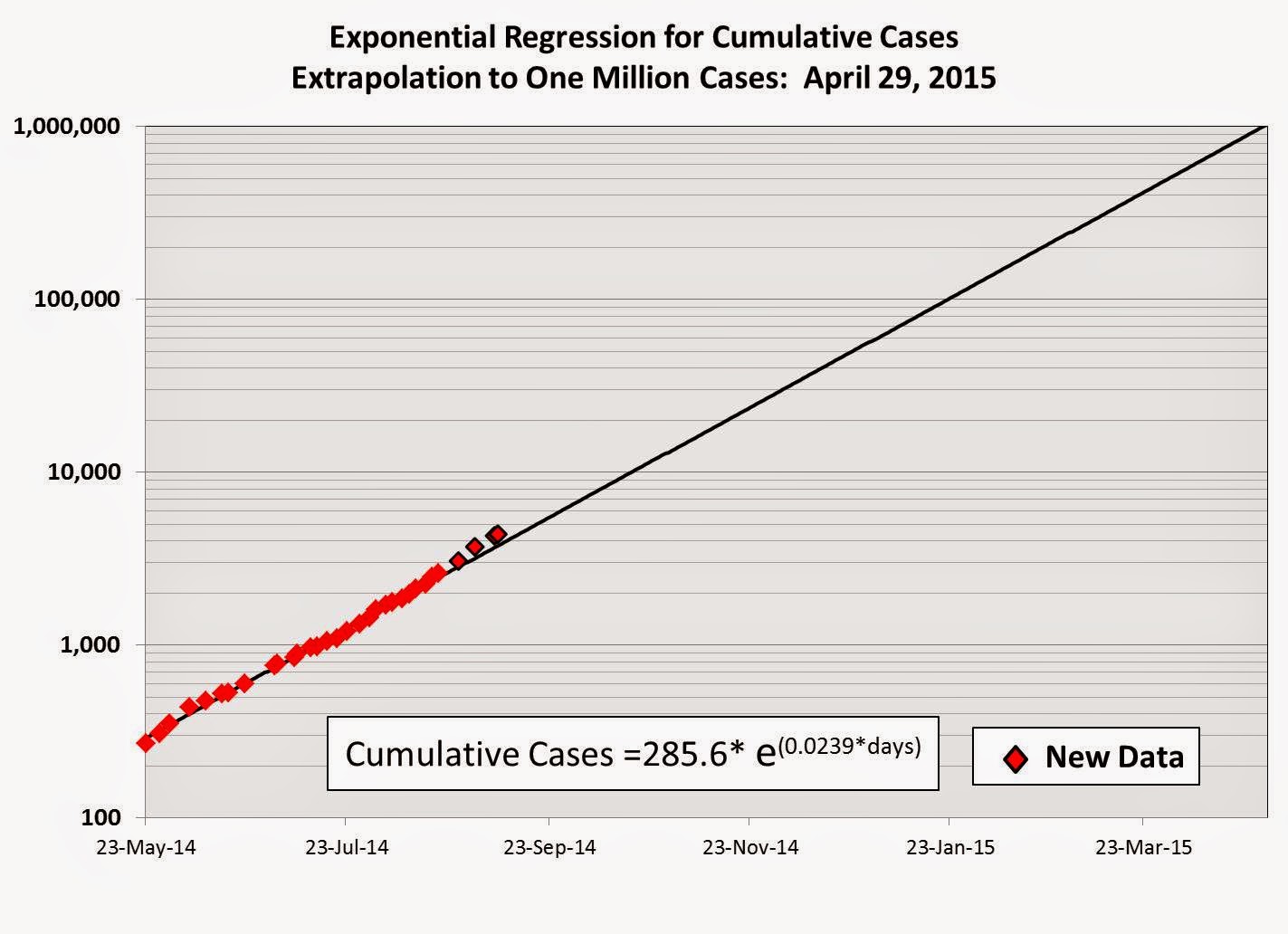The ethical issues that come with crowdfunded healthcare
To choose one, though, also means to choose it over all the others.
Who, out of all the people who have shared their tragedy on the Internet, is the most deserving of money?
the most pressing ethical question surrounding medical crowdfunding is not the inequalities it illuminates, or how donors choose who to fund, or how sites choose who to host—it’s why the practice has become necessary in the first place.
Source: Is It Fair to Ask the Internet to Pay Your Hospital Bill? – The Atlantic
From comments:
Perhaps the phrase of most interest to me in the whole article was “necessary care.” Who defines it, and who should? And does an extremely expensive procedure with a middling chance of success for a child with an extremely rare genetic disease count? This question may reveal the true utility of crowdfunding campaigns–not that they pay for “necessary care,” but that they can be used to pay for extraordinary care that doesn’t meet any objective cost-benefit analysis. They’re an opportunity to say “help me because you love me/ sympathize/ find my story compelling,” even if the procedure can’t be justified as “necessary” in a way that means society as a whole should cover the tab involuntarily.
— Disqus commenter EBennetDarcy
In the 1850s, the infant mortality rate in the United States was estimated at 216.8 per 1,000 babies born for whites and 340.0 per 1,000 for African Americans
— Wikipedia “Infant_mortality” from Sullivan, A., Sheffrin, S. (2003) Economics: Principles in Action, Pearson Prentice Hall, ISBN 0-13-063085-3
That rate is from more than 1-in-5 to over a third of children born, dying before they turned 5 years old.
The US infant mortality rate at 6.1 is now called “a national embarrassment” by the Washington Post.
– Our infant mortality rate is a national embarrassment – The Washington Post
The US Federal CDC lists the number of live births in the US as just under 4 million.
– FastStats – Births and Natality – CDC.gov
With 4 million births and an infant mortality rate of 6.1, that works out to 24,400 children born last year dying within the following 5 years.
Finland has their rate down to 2.3 though, so we could presumably cut that figure to only 9,200. If we could save half of those (so 4,600 infants) for $250,000 each, then saving their lives would cost $1.15 billion dollars. At $1 million each the total cost would be $4.6 billion.
Paying for exceptional care for exceptional cases does cost an exceptionally large amount per case. However, *because* of their rarity, I don’t think this is as bad as it seems like at first blush/consideration (usually comparing such staggering figures to the annual incomes of normal people).
My opinion is that we can afford this, and should, and a national / universal / single-payer health system (through “insurance”, federally managed/administered, or whatever) would accomplish this. It would be a far better use of the funds than [insert government thing you don’t like here; I’ll pick the F-35].
A hundred and fifty years ago, the only option was “too bad, try again”. We can and should do better now, for everyone.

